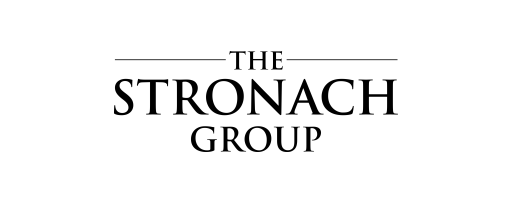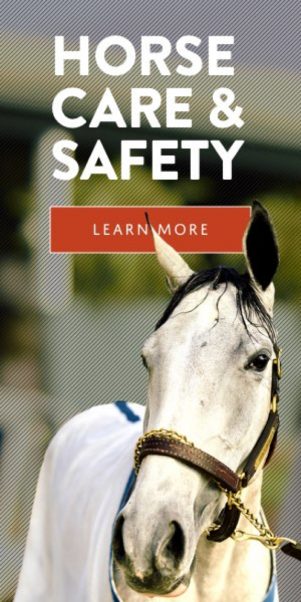The Stronach Group introduced a series of changes at Santa Anita Park in the wake of catastrophic horse fatalities, with approval and implementation from the California Horse Racing Board (CHRB). Since reforms were introduced on March 15 there have been more than 100,000 training or racing sessions.
The Stronach Group is committed to doing the hard work necessary to evolve the great sport of horse racing, so its legacy continues for generations to come in the United States.
REFORMS
Medications & Documentation:
- Horses will race with no race-day medication with the exception of Lasix.
- Lasix will be phased out in stages. Lasix is permitted only at a maximum of 50% of the previous levels; all horses born in or after 2018 will race at Santa Anita and Golden Gate Park with no race day medication, including Lasix. So, all two-year-old horses starting in 2020 or after will race medication-free. This will bring Santa Anita and Golden Gate consistent, or stricter than, international standards that currently bans all race day medication.
- Horses in training are now only allowed therapeutic medication with a qualified veterinary diagnosis from a state-licensed veterinarian.
- Increase transparency of veterinarian records.
Innovative Diagnostic Technology:
- Significant investments in diagnostic equipment to aid in the early detection of pre-existing conditions.
- Continued commitment to the daily inspection of the main track and turf course while working with internationally renowned independent track surface experts to ensure the safest racing surfaces possible.
Race Day and Training Protocols:
- Trainers must apply for permission to work a horse (a timed, high-speed training exercise) at least 48 hours in advance to help track veterinarians assist in identifying “at-risk” risk horses.
- Significant and strict Out-of-Competition Testing (OCT).
- Increased time required for horses to be on-site prior to a race

